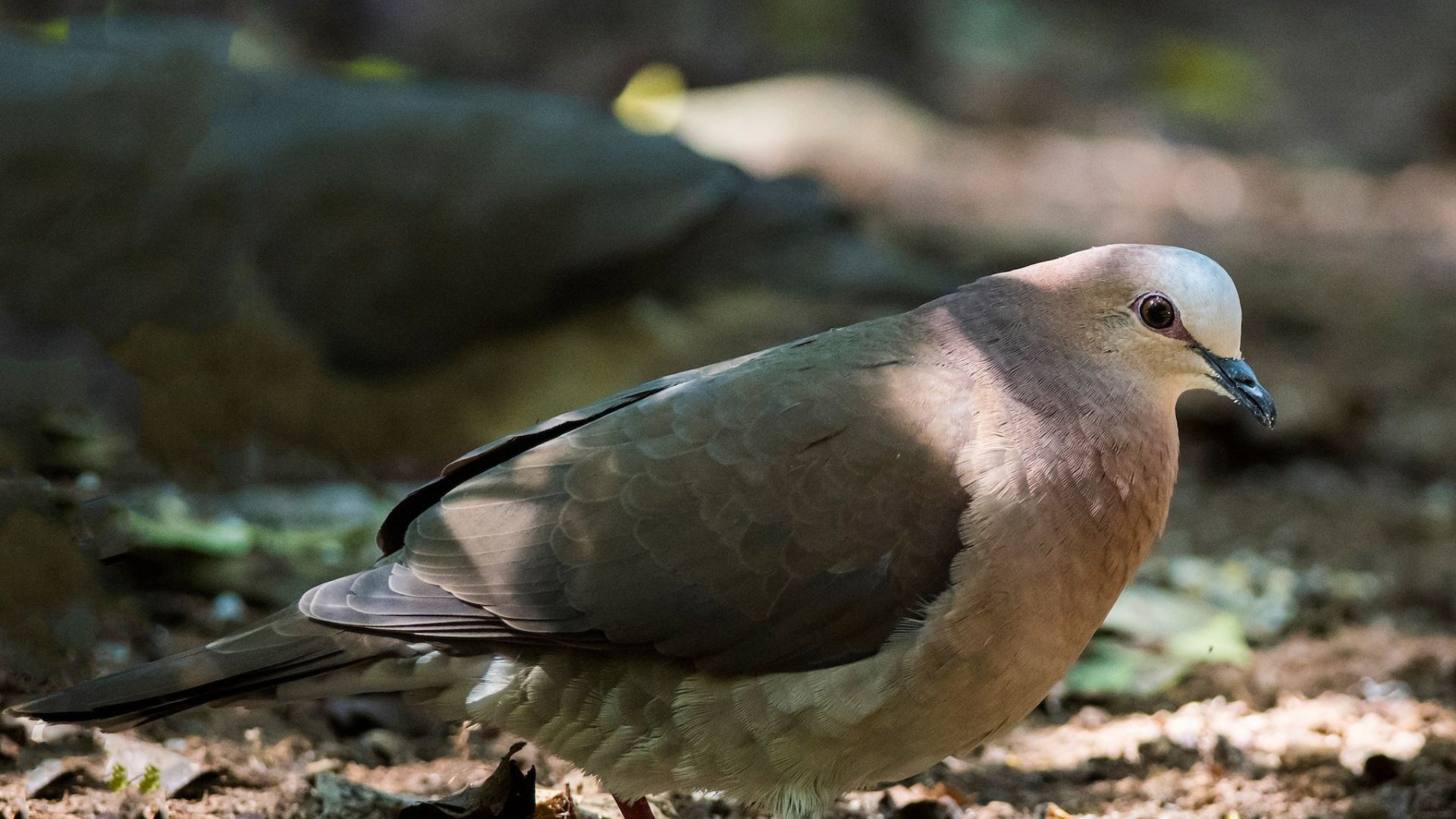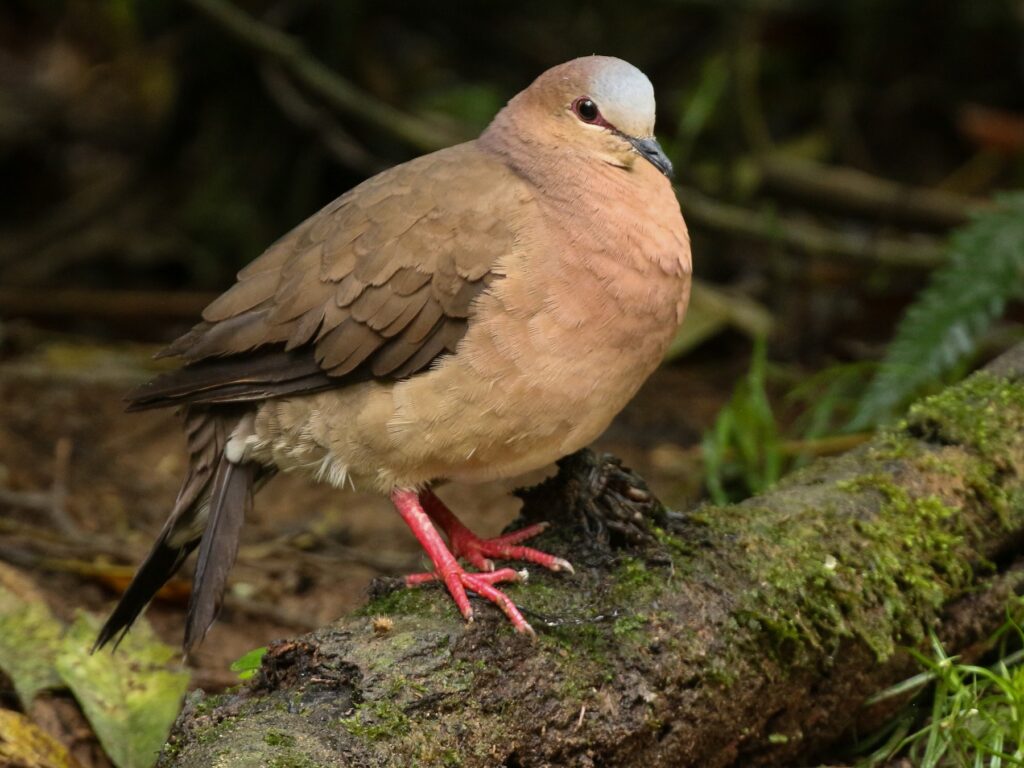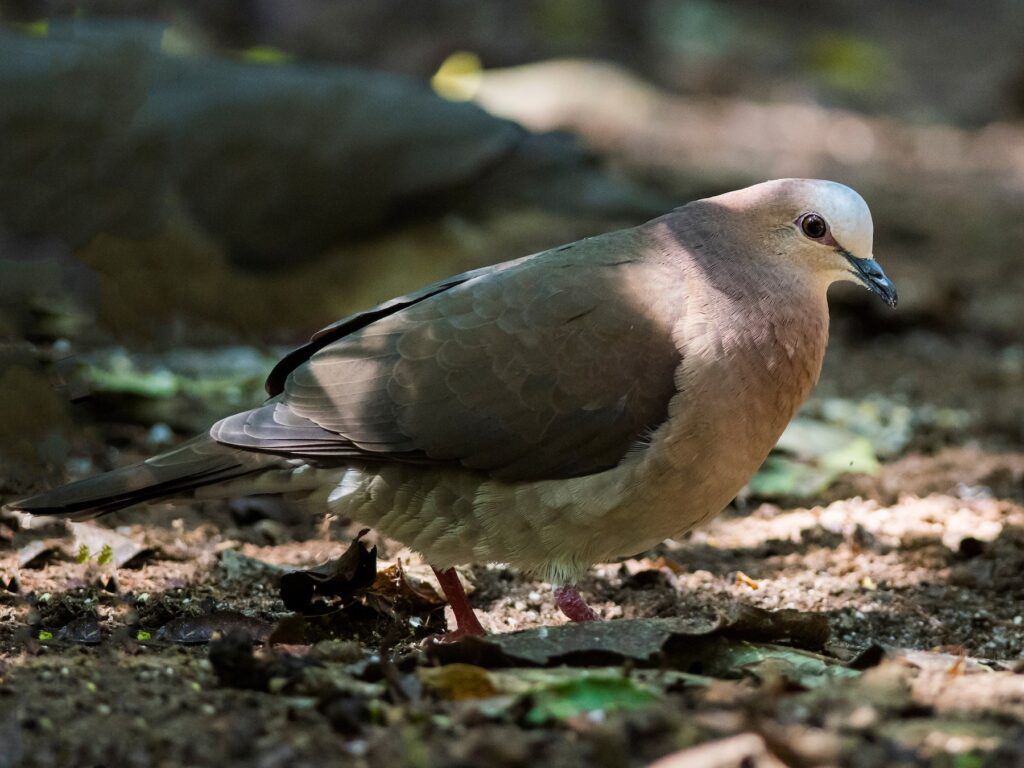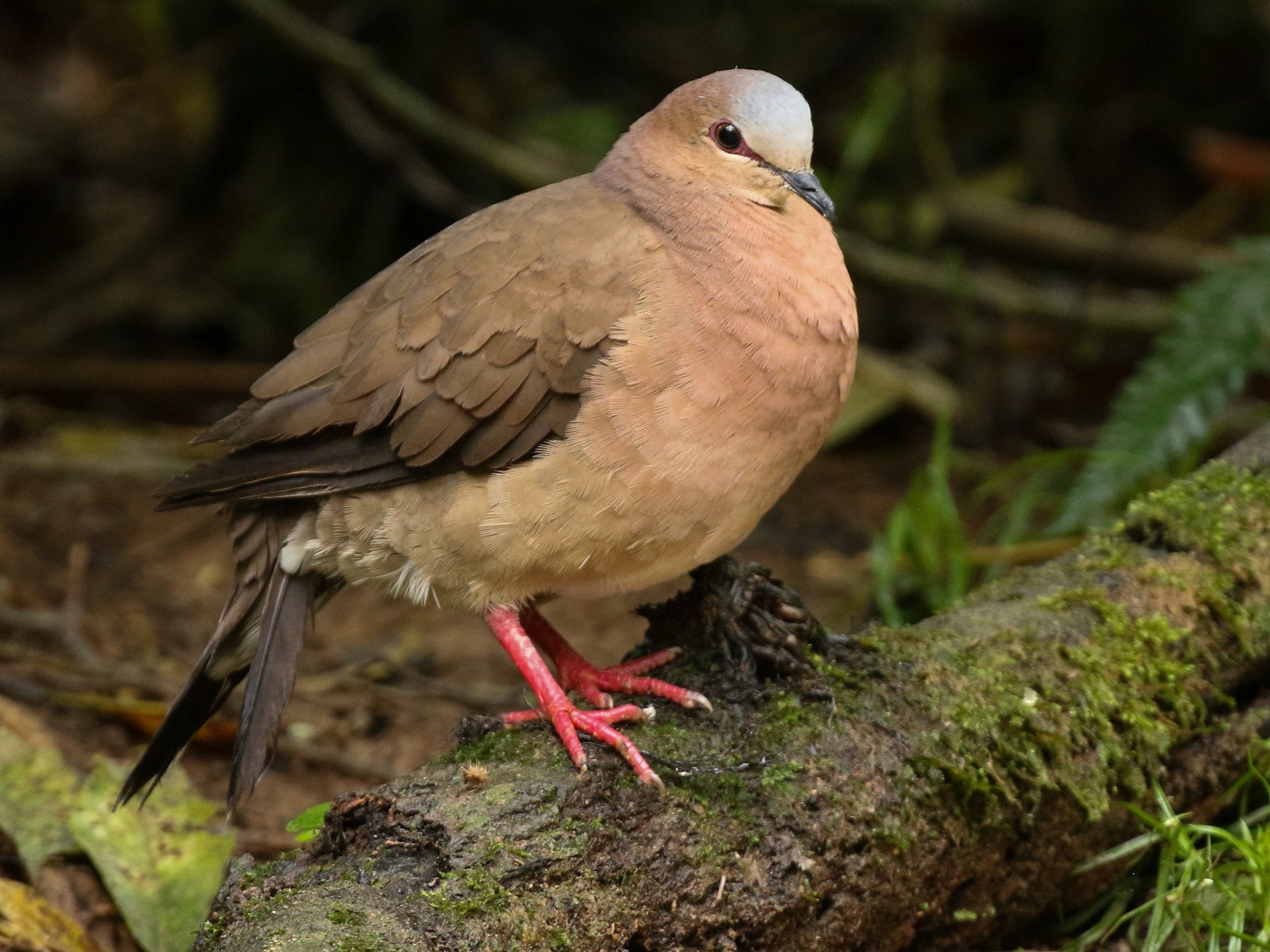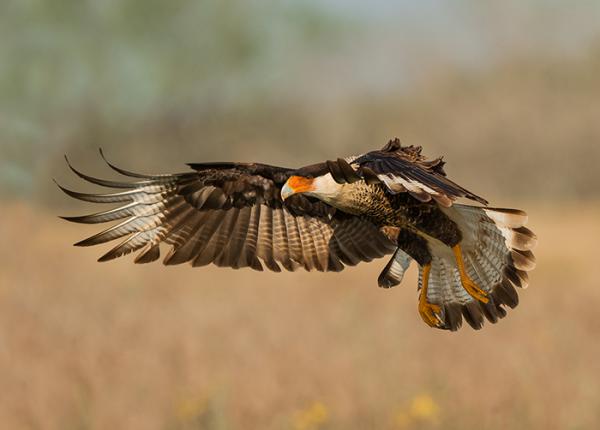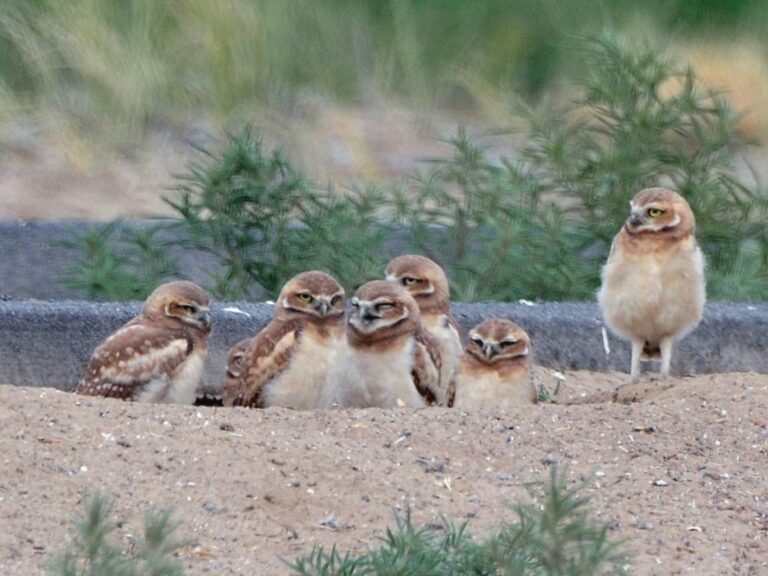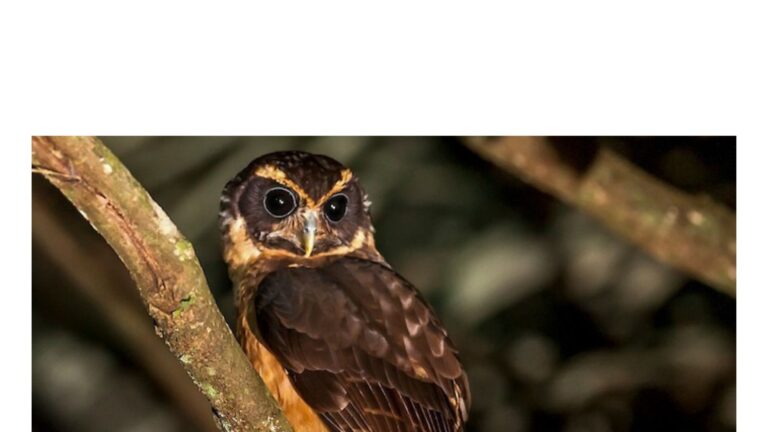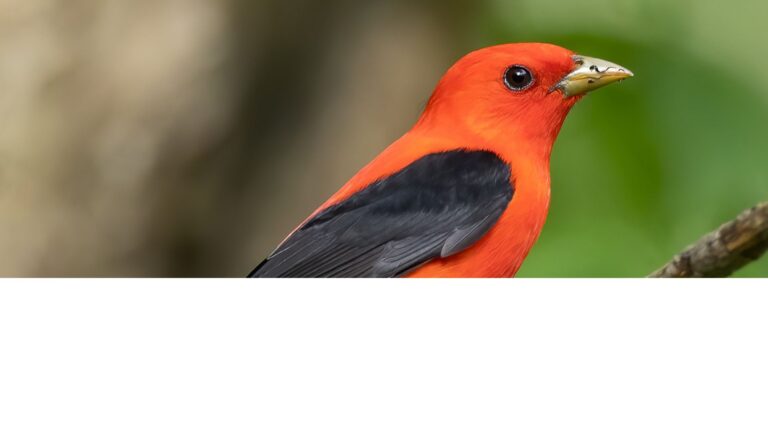Gray-fronted Dove: The Fascinating Behavior and Habitats of a Unique Avian Species
The Gray-fronted Dove, scientifically known as Leptotila rufaxilla, is a unique bird often spotted in various habitats across Central and South America. This species is recognized for its distinctive gray coloration and subtle beauty, making it a fascinating subject for birdwatchers and nature enthusiasts alike. It thrives in both forested areas and more open landscapes, showcasing its adaptability to different environments.
These doves are not just visually appealing; they also have interesting behaviors that reflect their ecological role. The Gray-fronted Dove often feeds on seeds and fruits, contributing to the seed dispersal in its habitat. Understanding its lifestyle can shed light on the health of the ecosystems it inhabits and the challenges it faces due to habitat loss and environmental changes.
As awareness of the Gray-fronted Dove grows, so does the need to address its conservation. Protecting its habitat and understanding its ecological needs are crucial steps toward ensuring that this beautiful bird remains a part of our natural world for generations to come.
Key Takeaways
- The Gray-fronted Dove is notable for its gray plumage and adaptability to varied habitats.
- It plays an important role in its ecosystem by aiding in seed dispersal.
- Conservation efforts are essential to protect this species from habitat loss.
Taxonomy and Classification
The Gray-fronted Dove is classified in a specific way that highlights its relations within the avian world. Taxonomy shifts can affect understanding of its lineage and biological characteristics.
Scientific Nomenclature
The Gray-fronted Dove is scientifically named Leptotila rufaxilla. This name reflects its genus and species. The genus Leptotila is known for doves that typically inhabit subtropical or tropical forests. In some classifications, it may fall under the broader family name Columbidae, which includes many species of doves and pigeons.
The name Leptotila rufaxilla derives from Latin. The terms relate to its distinctive features, including its gray front. It is important to recognize variations in its nomenclature related to geographic distributions. For instance, they might be referred to differently in various regions based on primary characteristics.
Family and Order
Leptotila rufaxilla belongs to the order Columbiformes. This order comprises doves and pigeons, which are generally characterized by their stout bodies and short necks. The Columbidae family, within this order, contains several genera, including Geotrygon, which are also part of the dove family.
The classification under Columbidae highlights the bird’s ecological niches, as members have adapted to different environments. Their feeding habits, nesting behaviors, and locomotion distinguish them from other bird families. While Leptotila represents one lineage, the family encompasses a robust diversity of species with unique traits.
Physical Description
The Gray-fronted Dove has distinct physical features that make it easily recognizable. Its coloration and body measurements provide insight into its adaptation to the environment and behavior. The details of its appearance include specific aspects such as coloration, markings, and biometrics that help in identifying the species.
Coloration and Markings
The Gray-fronted Dove exhibits a striking combination of colors. Its most notable feature is the grayish-brown plumage, which serves as effective camouflage in its forest habitat.
- Head: The head is usually a lighter gray, giving it a nuanced appearance.
- Wings: The wings display subtle variations, with lighter edges that can be seen during flight.
- Tail: The tail is long and slender, featuring dark banding that contrasts with the overall body color.
This dove also has a small, dark patch on its breast, which can assist observers in identifying it quickly among other similar species.
Biometrics
Biometrics play an essential role in understanding the Gray-fronted Dove’s size and weight.
- Size: The average length ranges from 27 to 30 centimeters.
- Wingspan: It typically has a wingspan of about 40 to 45 centimeters, allowing for efficient flight in dense forest areas.
- Weight: The average weight varies between 200 to 250 grams.
These measurements indicate that it is a medium-sized dove, well-suited for its habitat. The balance of size and wing structure is crucial for its foraging and evasion from predators.
Habitat and Distribution
The Gray-fronted Dove inhab various areas across South America and the Caribbean. Its distribution is closely linked to specific forest types, making understanding its habitat and geographic range essential for conservation efforts.
Geographic Range
The Gray-fronted Dove is primarily found in regions of South America, including parts of Brazil, Colombia, Argentina, and Venezuela. It also extends its range to Trinidad and parts of Uruguay. This species is known to be endemic to Cuba, where it resides mainly in the Zapata Peninsula.
In Brazil, the dove occupies both lowland and montane forest areas. Its presence in Colombia showcases its adaptability to different forest types. The dove generally thrives in regions with dense vegetation that provide necessary cover and nesting opportunities.
Habitat Preferences
The Gray-fronted Dove prefers subtropical or tropical moist lowland forests but can also be found in dry forests. It favors habitats that allow for ample feeding opportunities and protection from predators.
This dove often occupies areas near rivers and wetlands, where food sources like seeds and fruits are more abundant. In Cuba’s Zapata Peninsula, the dove is known to inhabit swampy forest regions, showcasing its ability to thrive in various environments.
Overall, its habitat choices are critical for the species’ survival and indicate the health of forest ecosystems in these regions.
Behaviour and Ecology
The Gray-fronted Dove exhibits interesting behaviors and ecological traits. Its diet, reproductive habits, and flight patterns are essential to its survival and adaptation in its natural habitat.
Diet
Gray-fronted Doves primarily feed on seeds, fruits, and occasional insects. They are often seen foraging on the ground, searching for fallen seeds among leaf litter. Their diet may vary depending on the season and availability of food sources.
These doves play an important role in seed dispersal. By eating fruits and seeds, they help promote plant growth in their environment. This behavior supports ecosystem health and biodiversity.
Reproductive Habits
These doves are typically monogamous, forming lasting pair bonds. Courtship involves soft cooing sounds and mutual preening, which strengthens their bond.
The nesting period occurs year-round, but peaks may vary. Nests are usually built in shrubs or trees using twigs and leaves. Female Gray-fronted Doves lay 1-2 eggs per clutch. Both parents share incubation duties, ensuring the eggs remain warm and protected.
Once the chicks hatch, both parents feed them a regurgitated mix of seeds and fruits. This feeding method helps chicks gain the nutrients they need to grow strong.
Flight Patterns
Gray-fronted Doves are known for their strong and steady flight. They have broad wings, which allow for slow and controlled flapping. This flight style helps them navigate through dense forests where they often reside.
When alarmed, they can take flight quickly, showing agility and speed. Their flight often involves short bursts followed by gliding, especially when moving between trees.
These flight patterns help them evade predators and access food more efficiently.
Conservation Status
The conservation status of the Gray-fronted Dove highlights its current standing and the challenges it faces. This section addresses its classification on the IUCN Red List and the various threats that endanger its population.
IUCN Red List
The Gray-fronted Dove is currently listed as Near Threatened on the IUCN Red List. This classification indicates that it faces the risk of becoming endangered in the near future. Factors contributing to this status include habitat loss and hunting pressures.
Conservation efforts are crucial to prevent further decline. Monitoring population numbers and gathering data on habitat use can aid in developing effective strategies. Ongoing assessments by conservation groups are essential to ensure the species does not slip into a more vulnerable category.
Threats and Challenges
Several specific threats present challenges to the survival of the Gray-fronted Dove. Habitat destruction due to agriculture and urbanization significantly impacts their living environment.
Additionally, hunting for sport and local consumption adds pressure to their population numbers. Climate change poses further risks by altering habitats and food availability.
Active conservation measures, like the establishment of protected areas, are vital. These efforts can help mitigate habitat loss and provide safe breeding grounds. Community involvement in conservation initiatives may also increase awareness and protection of the Gray-fronted Dove’s environment.
Frequently Asked Questions
Gray-fronted Doves have unique characteristics that set them apart from other dove species. Understanding their habitat, vocal habits, migration patterns, diet, and breeding behaviors can enhance one’s appreciation of these birds.
How can you distinguish a Gray-fronted Dove from similar dove species?
The Gray-fronted Dove has a distinctive gray face and breast, which helps differentiate it from similar doves. Its plumage is generally brown with a slightly darker wing. Color patterns are crucial in identifying this species in the wild.
What is the typical habitat for a Gray-fronted Dove?
Gray-fronted Doves typically inhabit open woods, forest edges, and shrublands. They prefer areas with trees for roosting but are also found in more open spaces. These doves are often seen in pairs or small groups.
What are the distinctive vocalizations of a Gray-fronted Dove?
Gray-fronted Doves produce a soft, low cooing sound that is characteristic of their species. Their calls are often described as gentle and melodic. This vocalization can help birdwatchers identify them in their natural setting.
What are the migration patterns of the Gray-fronted Dove?
Gray-fronted Doves are generally resident birds, meaning they do not migrate long distances. However, they may move locally in response to seasonal changes in food availability. These movements are usually short-range.
What dietary preferences do Gray-fronted Doves have?
The diet of Gray-fronted Doves consists mainly of seeds, fruits, and grains. They foraging on the ground and in shrubs for their food. Their eating habits help in seed dispersal, contributing to the health of their ecosystem.
How does the breeding behavior of Gray-fronted Doves differ from other doves?
Gray-fronted Doves typically nest in low shrubs or trees, using twigs and grass to construct their nests. They often raise two eggs per clutch, with both parents participating in incubation. This cooperative breeding behavior is common among doves.
